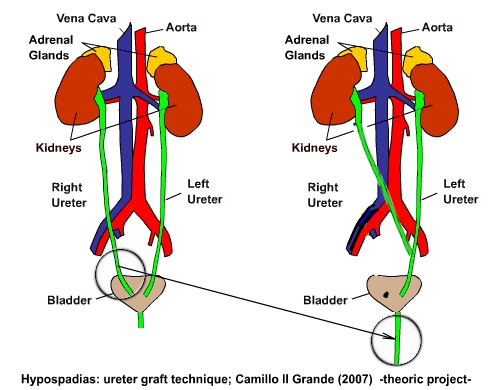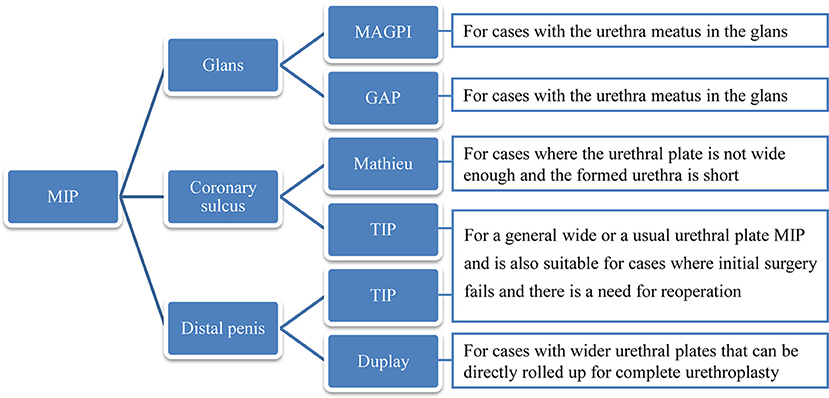Hypospadias is a congenital condition that affects male infants, where the opening of the urethra is not located at the tip of the penis but rather on the underside. This condition can vary in severity and may require medical intervention to correct. In this article, we will explore hypospadias in detail, including its causes, how it is diagnosed, and the available treatment options.

What is Hypospadias?
Hypospadias is a birth defect that occurs during fetal development. It results in the abnormal placement of the urethral opening, which can be found anywhere along the underside of the penis, from just below the tip to the scrotum. The condition can also be associated with a downward curve of the penis, known as chordee, and an incomplete foreskin that does not fully cover the glans.
Types of Hypospadias
- Distal or Glanular: The urethral opening is near the tip of the penis.
- Midshaft: The urethral opening is located along the middle part of the penis.
- Proximal or Penoscrotal: The urethral opening is closer to the scrotum or even within it.
Causes of Hypospadias
The exact cause of hypospadias is not fully understood, but research suggests that it may result from a combination of genetic and environmental factors. Here are some potential causes:
Genetic Factors
There is evidence that hypospadias can run in families. If a father or brother has the condition, there is an increased likelihood that a male child will also have it. Genetic mutations or abnormalities during fetal development may play a role in the formation of the urethra.
Hormonal Influences
Hormones play a crucial role in the development of male genitalia. Specifically, testosterone and its derivatives are essential for proper urethral formation. Any disruption in hormonal balance during pregnancy could potentially lead to hypospadias. For instance, insufficient levels of androgens (male hormones) might contribute to the condition.
Environmental Factors
Certain environmental exposures during pregnancy have been linked to an increased risk of hypospadias. These include maternal exposure to pesticides, industrial chemicals, or medications such as hormone treatments. Smoking during pregnancy has also been identified as a potential risk factor.
Diagnosis of Hypospadias
Hypospadias is typically diagnosed shortly after birth during a routine physical examination. The healthcare provider will assess the position of the urethral opening and check for any associated abnormalities like chordee or an incomplete foreskin.
Physical Examination
A thorough physical examination is usually sufficient to diagnose hypospadias. The doctor will look for the location of the urethral opening, the shape of the penis, and whether there is any curvature present.
Additional Tests
In some cases, additional tests may be recommended to rule out other conditions or to better understand the extent of the hypospadias. These tests may include:
- Ultrasound: To evaluate the urinary tract and kidneys for any related abnormalities.
- Voiding Cystourethrogram: An imaging test that uses X-rays to examine the bladder and urethra while urinating.
Treatment Options for Hypospadias
Treatment for hypospadias often involves surgical correction. The goal of surgery is to reposition the urethral opening to the tip of the penis, straighten any curvature, and create a more natural appearance. Most surgeries are performed when the child is between six months and two years old.
Surgical Correction
Surgery is the primary treatment for hypospadias. The procedure is typically performed by a pediatric urologist and involves several steps:
- Repositioning the Urethral Opening: The surgeon will create a new urethral opening at the tip of the penis.
- Straightening the Penis: If chordee is present, the surgeon will correct the curvature by removing excess tissue or using grafts.
- Reconstructing the Foreskin: In cases where the foreskin is incomplete, the surgeon may reconstruct it to provide full coverage of the glans.
Post-Surgical Care
After surgery, careful post-operative care is essential to ensure proper healing. Parents will be instructed on how to care for the surgical site, including keeping the area clean and monitoring for signs of infection. Follow-up appointments will be scheduled to assess healing and address any concerns.
Potential Complications
While most surgeries for hypospadias are successful, there are potential complications that parents should be aware of:
- Fistula Formation: A small hole may develop between the urethra and the skin, causing urine leakage.
- Narrowing of the Urethra: Also known as urethral stricture, this can make urination difficult.
- Infection: As with any surgery, there is a risk of infection at the surgical site.
Living with Hypospadias
For many children who undergo surgical correction, the long-term outlook is excellent. They can expect normal urinary function and a cosmetically acceptable appearance of the penis. However, regular follow-ups with a healthcare provider are important to monitor for any late complications or issues.
Psychological Considerations
Children with hypospadias may experience emotional or psychological challenges, particularly if they become aware of their condition at a young age. Parents and caregivers should provide support and reassurance, emphasizing that the condition is treatable and does not define the child’s worth or identity.
Support Groups and Resources
Families dealing with hypospadias can benefit from connecting with support groups and accessing educational resources. These platforms offer valuable information, shared experiences, and emotional support from others who have faced similar challenges.
Preventive Measures
While it may not always be possible to prevent hypospadias, certain measures can reduce the risk. Pregnant women are encouraged to maintain a healthy lifestyle, avoid exposure to harmful chemicals, and consult their healthcare provider before taking any medications during pregnancy.
Healthy Pregnancy Practices
- Eat a balanced diet rich in vitamins and minerals.
- Avoid smoking, alcohol consumption, and recreational drug use.
- Attend all prenatal appointments to monitor the health of both mother and baby.
Consultation with Healthcare Providers
If there is a family history of hypospadias or other congenital conditions, it is important to discuss this with a healthcare provider. They can offer guidance on managing risks and ensuring a healthy pregnancy.





